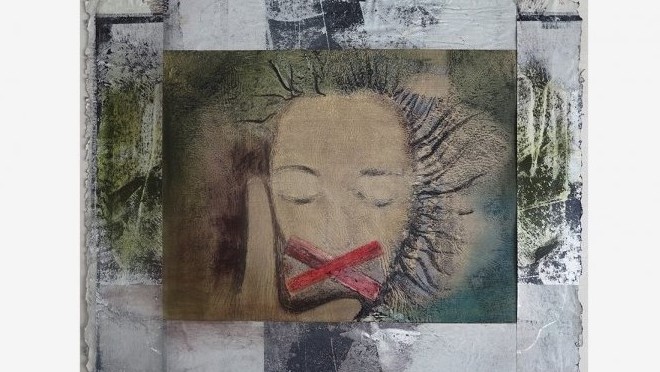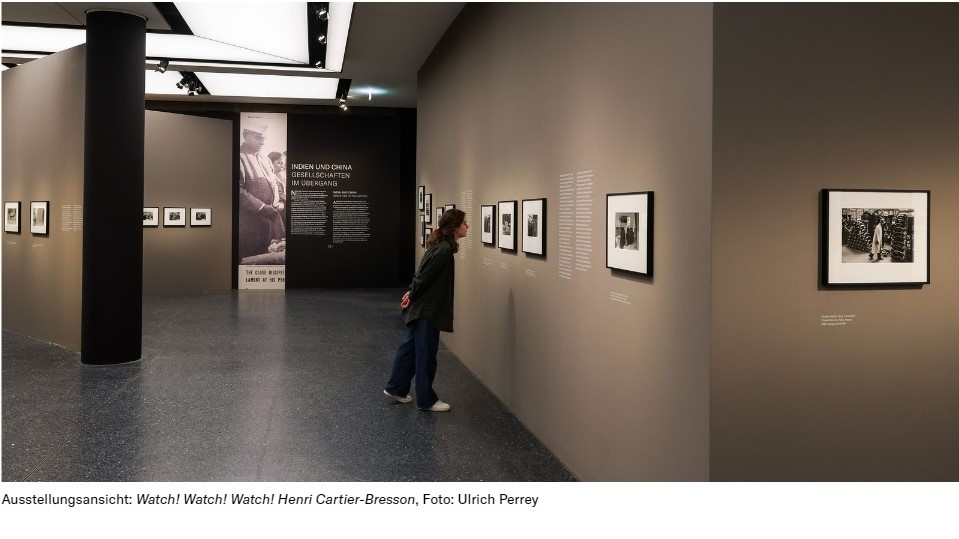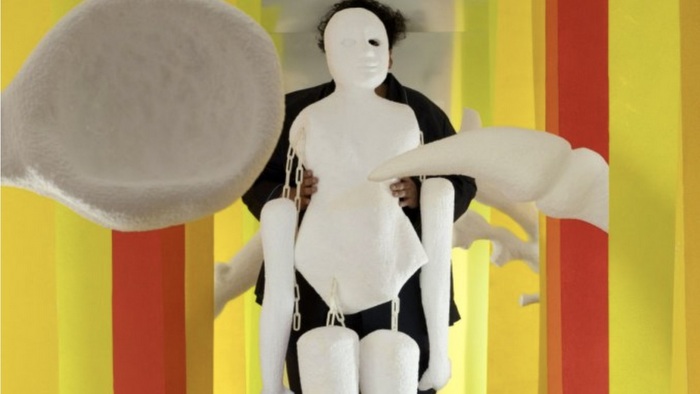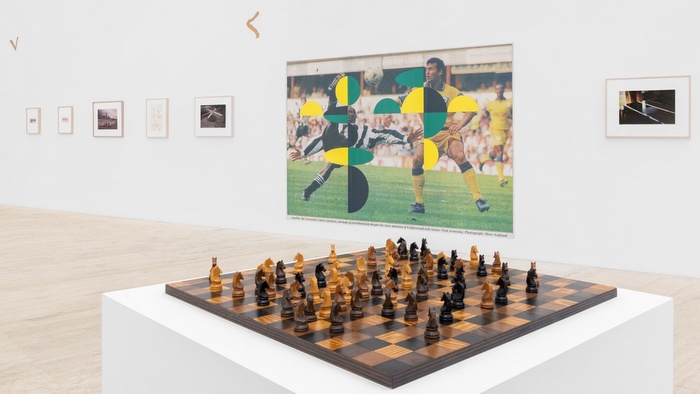Henri Cartier-Bresson is one of the most famous photographers of the 20th century. As a photojournalist, art photographer and portraitist, he created timeless compositions and shaped the style of subsequent generations of photographers. With his flair for the "decisive moment", he captured spontaneous encounters and situations and became one of the most important representatives of street photography. His works, now icons, made him an important representative of street photography.
The Bucerius Kunst Forum is dedicating the first major retrospective in Germany since 20 years to the co-founder of the legendary Magnum photo agency. In addition to the early, surrealist-influenced photographs and film works as well as the political photo reportages, Cartier-Bresson's portraits of well-known artists and writers will also be shown, as well as his later photographs, which focus on everyday human behavior.
The exhibition presents 240 original prints as well as numerous publications in magazines and books, shedding light on the photographer's life's work from the 1930s to the 1970s.
Henri Cartier-Bresson's early work was inspired by Surrealism and the New Vision of the 1920s. The transformation of everyday life into an enigmatic image and the perception of surreal encounters characterized this phase, which was influenced by André Breton, Eugène Atget, Giorgio De Chirico and René Magritte. Cartier-Bresson turned to photo reportage as early as the 1930s. Being born in 1908 and dying in 2004 at the age of almost 96, Cartier-Bresson witnessed almost the entire 20th century and became its photographic chronicler. As an eyewitness, he documented numerous major historical and political events. He was commissioned by French magazines to take photographs during the Spanish Civil War and also captured the British coronation celebrations of George VI with humor and without depicting members of the royal family.
Social and societal issues became a central concern for Cartier-Bresson, who openly sympathized with the political left at the beginning. His photographic interest was particularly focused on socially marginalized people. After being a prisoner of war in Germany, from which he escaped in 1943 in a third escape attempt, he photographed and filmed the repatriation of "displaced people" to their homeland in Dessau after the end of the Second World War. These moving images marked the beginning of an impressive career as a photojournalist for the highest-circulation magazines in the USA and Europe.
In 1947, together with Robert Capa and other photographers, he founded the Magnum photo agency, which distributed his photographs worldwide. Cartier-Bresson's photo reportages document outstanding moments in modern history such as the funeral of Mahatma Gandhi (1948) or the fall of the Kuomintang regime in China (1949). In 1954, after the death of Stalin, he was the first European photographer to take pictures in the Soviet Union. During the Cold War era, he became a sought-after contemporary witness in divided Berlin (1962) or in Cuba under Fidel Castro (1963).
Cartier-Bresson cultivated long-standing friendships in the art and cultural world, which inspired him and his artistic work in the lasting. His intimate portraits of artists, writers and photographers such as Pablo Picasso, Simone de Beauvoir and Henri Matisse form an important part of his oeuvre and are on view in the exhibition.
His street photography depicts interpersonal behavior in everyday life, at work and during leisure time. These images illustrate the signature element in Cartier-Bresson’s photographs: the observation and simultaneous analysis of human behavior in spontaneous moments. Camera in hand, he deliberately sought out encounters with his contemporaries, capturing patterns of behaviour and snapping fleeting scenes that would otherwise have been lost in the hustle and bustle of the streets.
WATCH! WATCH! WATCH! HENRI CARTIER-BRESSON
15 JUNE–22 SEPTEMBER 2024
BUCERIUS KUNST FORUM | HAMBURG, GERMANY
Source: Bucerius Kunst Forum
Related Publications
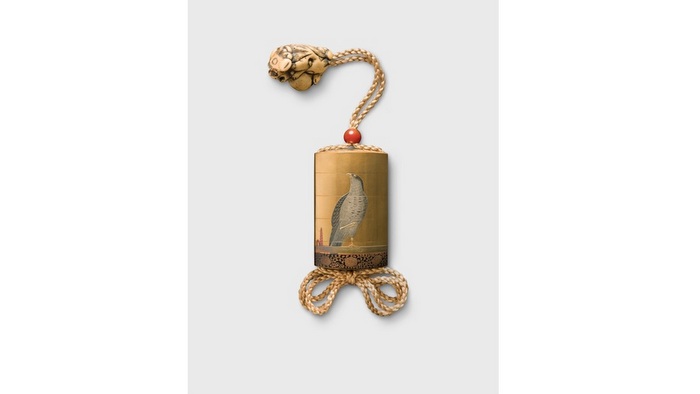
LWL | The Fascination of Lacquer
May 26, 2025